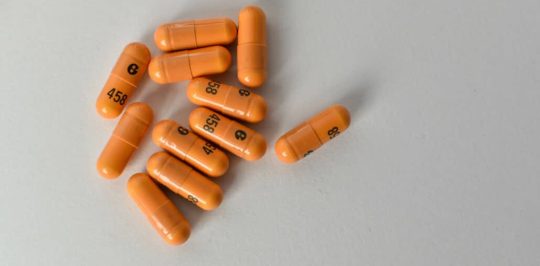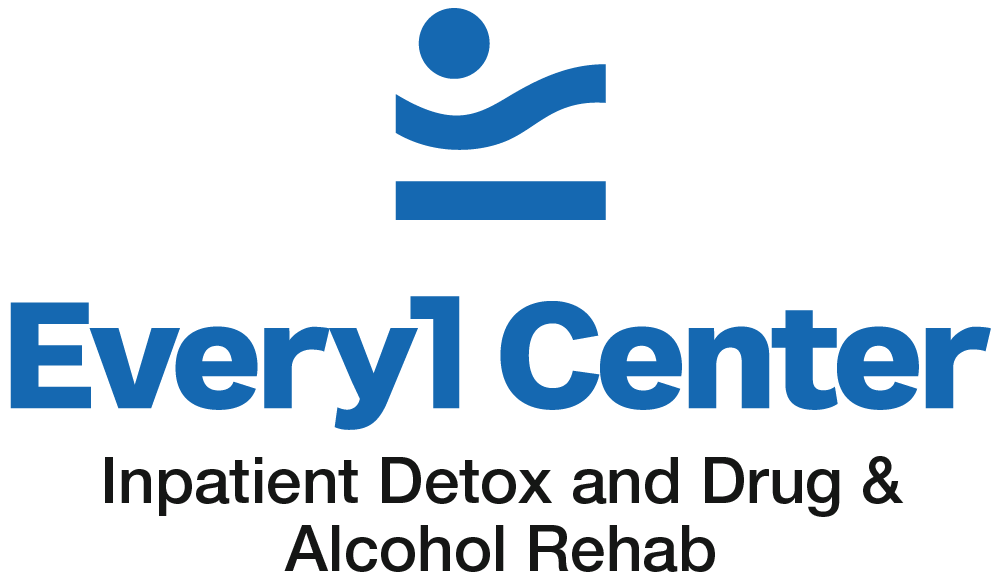Gabapentin and Tramadol: A Deadly Combination
Mixing gabapentin and tramadol in one prescription can be a double-edged sword.
On the one hand, the combination would be an effective way of managing intense chronic pain. Yet, the main drawback is that this co-prescription comes with a high mortality risk.
Read on to learn about the dangers of using opioids like tramadol with gabapentinoids.

Why Would Someone Take Gabapentin and Tramadol Together?
Before we dive into how dangerous this combination can be, let’s first consider why someone might take tramadol and gabapentin at the same time.
It’s not always due to drug abuse; they could be legitimately co-prescribed together.
Tramadol’s Action
Tramadol is often prescribed as a post-op or post-injury pain control medication. In these cases, it’s a short-term solution, but it also could be used to manage chronic pain. That’s because it blocks the opioid receptors on nerve cells, successfully reducing the ache sensation.
Gabapentin’s Action
Meanwhile, most of us know gabapentin as an anticonvulsant. So, people use it to help with neuralgia and restless legs syndrome.
Co-Prescriptions
Together, gabapentin and tramadol might be prescribed for patients with intense pain that doesn’t respond to safer alternatives, like NSAIDs.
After all, studies show that the combination has higher analgesic effects than tramadol alone.
Why Is Mixing Gabapentin With Tramadol Dangerous?
Both drugs have a wide range of unwanted effects, and you can expect anything from double vision to tremors. However, none of the “usual” side effects are the reason why this combination is considered so dangerous.
Instead, the top two concerns are how the co-prescription affects breathing and how easy it is to get addicted to the mix.
Let’s take a closer look at each of those concerns.
They Can Lead to Fatal Respiratory Depression
Respiratory depression is a common risk with opioids, in general. Unfortunately, when gabapentin is added to the mix, the problem gets even bigger.
One study looked at this aspect. Interestingly, the results point out that combining the drugs makes patients 49% more likely to die from opioid-related complications compared to using tramadol alone. That’s all based on “exposure” doses, too.
When the dose increased from mere exposure to moderate or high, the risk jumped to 60%.
Why is that? There are two angles to consider here: additive effects and pharmacokinetic interactions.
For one, both drugs have a respiratory depressing effect, meaning that they slow down the breathing rate. Of course, lower breathing rates mean less gas exchange. Ultimately, carbon dioxide will build up inside the body, which can be fatal.
Together, gabapentin and tramadol create what health professionals call “additive respiratory depression.”
The second factor that could explain this increased mortality rate is a pharmacokinetic interaction. Without digging deep into scientific jargon, let’s just say that your body actually absorbs more of the gabapentin dose when you take it with tramadol.
They Increase the Patient’s Potential for Addiction
Addiction is yet another concern that makes the gabapentin-tramadol co-prescription dangerous.
Although tramadol isn’t as potent as morphine, it can still be addictive.
When someone misuses tramadol, their body builds up a degree of tolerance. Soon, they have to up their doses, which puts them at risk of seizures and comas, among other side effects.
On the other side of the co-prescription, we have gabapentin. Technically, it isn’t a narcotic or a scheduled substance, unlike its sister drug, pregabalin, which is a Schedule V controlled substance. Yet, some people abuse gabapentin to induce euphoria.
The situation is even worse when the two drugs are mixed together; the person becomes even more likely to overuse gabapentin!
This effect isn’t just limited to the gabapentin-tramadol combination. Pretty much any opioid and gabapentin would lead to similar results but with varying intensities.
Who Is at Risk?
Anyone who takes gabapentin and tramadol at the same time is at risk of respiratory depression and addiction. That’s why doctors tend to avoid prescribing those two drugs together unless there’s absolutely no other option.
That said, some people can be considered more susceptible, such as:
- Older people
- People who suffer from chronic lung diseases
- Renal insufficiency patients
So, age, metabolism, and lung performance are the main factors that affect the respiratory depressant effect, but what about the addiction risk?
Well, if someone already has a history of polydrug abuse, they’ll be more likely to get addicted to the pain-killing combination.
Of course, the dose also plays a role in how far the concomitant use of tramadol and gabapentin can affect a person’s well-being.
How Can You Reduce the Risks?
Doctors won’t always be able to avoid prescribing gabapentin and tramadol together. However, the FDA did release an announcement regarding the interaction.
So, physicians already know that the guideline is to start at the lowest possible doses and keep an eye on the potential side effects.
If you’re wondering what you can do can your side of the equation, consider the following safety tips:
- Never use opioids or anticonvulsants without consulting your physician.
- Stick to the prescribed dose and ask the physician about gradual tapering as soon as possible.
- Avoid drinking alcohol with all drugs that have a CNS depressant effect.
- Let your physician know about any other medications you’re on.
- Consider alternative co-prescriptions if you have a history of chronic lung diseases.
- Watch out for the warning signs (difficulty breathing, disorientation, blueish skin, etc.)
- Don’t try to operate any heavy machinery after taking your doses.
Final Words
In some cases of severe chronic pain, using gabapentin and tramadol concomitantly is unavoidable.
Still, patients and healthcare providers are often not-so-eager to use the combination as a painkiller. After all, both gabapentin and tramadol can cause shallow, slow breathing that can lead to death if not caught early. That’s one serious side effect!
Plus, there’s also the addiction aspect to worry about. Mixing opioids with gabapentinoids is a common and potentially fatal form of polydrug misuse. Unfortunately, the gabapentin-tramadol combination is no exception to the rule.
All in all, you’ll need to have a prolonged discussion with the prescribing physician about the best way to handle these risks and taper off the drugs with as few side effects as possible.

